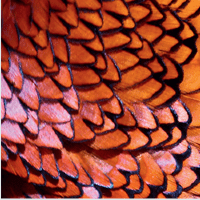Total variable costs per bird put down
Birds, feed and pay for beaters and pickers-up account for 75% of the variable costs for an average shoot. Compared to the 2015/16 season, the bird cost per bird put down was 7% lower (£3.04). The average feed cost was 3% higher, while the costs for beaters and pickers-up were similar. The total variable costs per bird put down were £8.05, 16p (2%) lower than in the 2015/16 season. The difference is small, but can be significant because it will have a larger impact on the cost per bird shot, and we generally find around 15% of shoots are within £1 per bird of breakeven.
Total fixed costs per bird put down
Total fixed costs per bird put down are lower than variable costs per bird put down. Most of a shoot’s fixed costs relate to salaries, staff housing, rent for sporting rights, cover crops and vehicles. For the 2016/17 season, fixed costs per bird put down averaged £4.91, very similar to that of the 2015/16 season.
Total costs per bird put down*
Overall total costs were 2% lower than for the 2015/16 season, at £12.55 per bird put down. They are 9% below their peak of £13.76 in 2013/14. Since then many shoots have successfully cut costs and increased incomes. This means fewer are making a loss per bird shot. In 2013/14, 59% were making a loss. This has now reduced to 43%.
*This only includes shoots that provided variable and fixed-cost data, so is not the sum of total variable costs plus total fixed costs as those calculations included shoots that only provided one set of costs.
.jpg)

